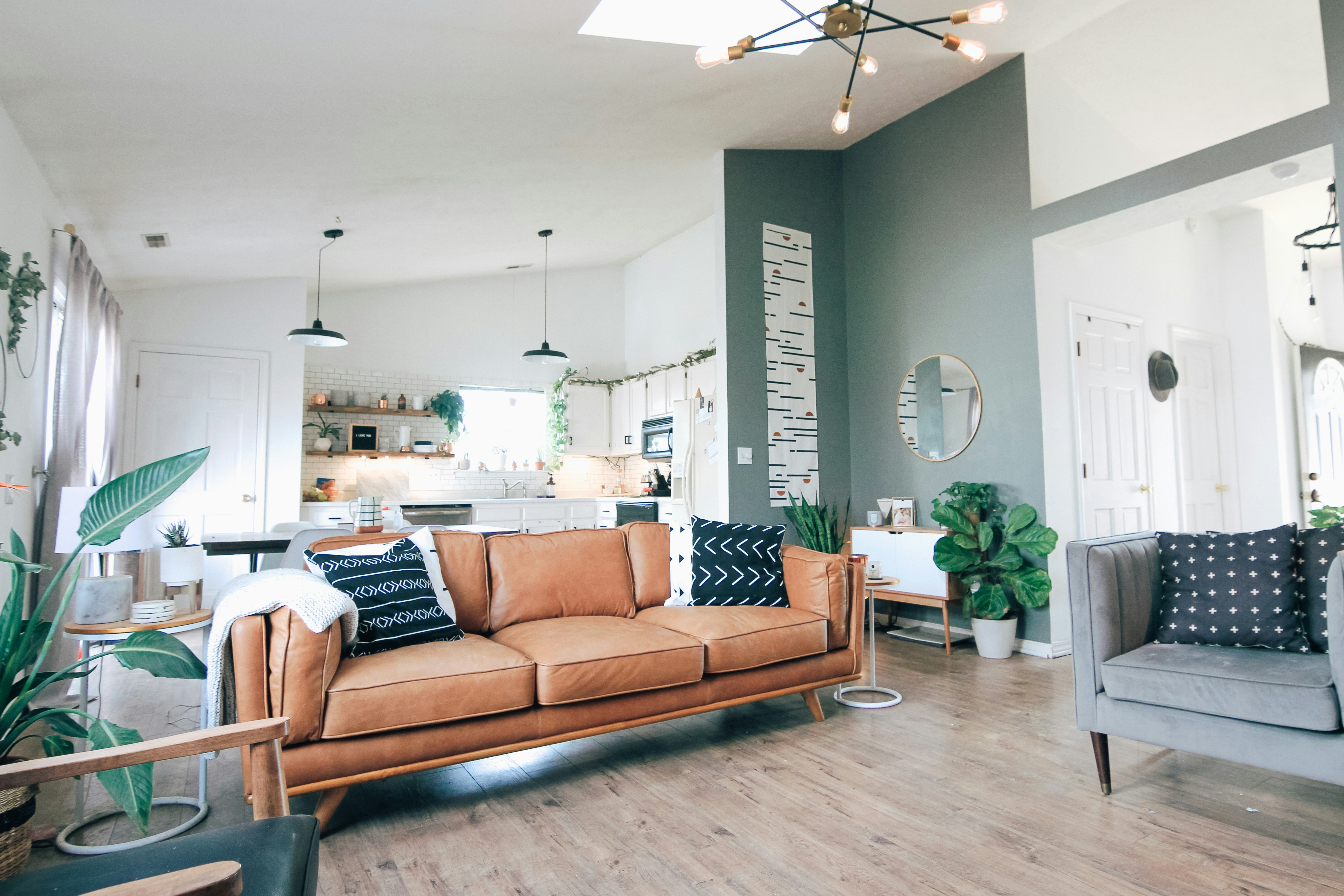Healthy Home: Tips for a Better Living Environment

In our fast-paced lives, your home is our sanctuary, a place where you seek comfort and peace. But how often do one consider the healthiness of our living environment? A healthy home goes beyond cleanliness; it encompasses aspects that affect our physical, mental, and emotional well-being. Here are some tips to create a healthier home for you and your loved ones.
- Improve Air Quality Air quality is a fundamental aspect of a healthy home. Poor indoor air can lead to respiratory problems, allergies, and other health issues. Here’s how to improve it:
- Ventilation Ensure your home is well-ventilated. Open windows regularly to allow fresh air to circulate, and use exhaust fans in kitchens and bathrooms to reduce moisture and odors.
- Air Purifiers Consider investing in air purifiers, especially if you live in an area with high pollution or have pets. HEPA filters can trap pollutants and allergens, making the air cleaner.
- Houseplants Introduce houseplants like spider plants, snake plants, or peace lilies. These plants naturally purify the air by absorbing toxins and releasing oxygen.
- Reduce Chemical Exposure Many household products contain chemicals that can be harmful when inhaled or touched. Minimize exposure by:
- Natural Cleaning Products Opt for natural or homemade cleaning solutions using ingredients like vinegar, baking soda, and lemon. These are effective and less harmful than commercial cleaners.
- Non-Toxic Paints and Materials
When renovating or redecorating, choose non-toxic, low-VOC (volatile organic compounds) paints and materials. VOCs can cause health problems like headaches and dizziness.
- Avoid Synthetic Fragrances Synthetic fragrances in air fresheners and candles can emit harmful chemicals. Choose natural alternatives like essential oils or beeswax candles.
- Control Humidity Levels Maintaining proper humidity levels in your home is crucial for preventing mold growth and maintaining comfort.
- Dehumidifiers and Humidifiers Use dehumidifiers in damp areas like basements to prevent mold. In dry climates, humidifiers can add moisture to the air, preventing dry skin and respiratory issues.
- Regular Maintenance Regularly check for leaks in plumbing, roofs, and windows. Promptly fix any issues to prevent water damage and mold growth.
- Enhance Natural Light Natural light has a significant impact on our mood and overall well-being.
- Windows and Skylights Maximize natural light by keeping windows clean and unobstructed. Consider installing skylights in darker areas of your home.
- Reflective Surfaces Use mirrors and light-colored walls to reflect and amplify natural light. This creates a brighter and more inviting space.
- Create a Restful Sleeping Environment Sleep is essential for health. Ensure your bedroom is conducive to restful sleep:
- Comfortable Bedding Invest in a good quality mattress and pillows. Natural, breathable fabrics for sheets and blankets can improve comfort and sleep quality.
- Darkness and Quiet Use blackout curtains to block light and reduce noise with soundproofing or white noise machines. This helps create an environment ideal for sleep.
- Limit Electronics Keep electronic devices out of the bedroom or at least reduce their use before bedtime. Blue light from screens can interfere with sleep patterns.
- Encourage Physical Activity A healthy home supports physical activity, which is vital for overall health.
- Active Furniture Consider furniture that promotes movement, such as standing desks or stability ball chairs. These can help reduce the negative effects of prolonged sitting.
- Foster a Positive Mental Environment Mental health is just as important as physical health. Create a home environment that supports emotional well-being:
- Declutter A cluttered space can contribute to stress and anxiety. Regularly declutter and organize your home to create a more serene atmosphere.
- Personal Touches Decorate with items that bring joy and comfort, such as family photos, artwork, or souvenirs from your travels. Personal touches can make a house feel like a home.
- Nature Connection Incorporate elements of nature, such as plants, natural materials, or even a small indoor fountain. This can have a calming effect and improve your mood.
Home Gym Space Dedicate a space for exercise, whether it’s a full home gym or just a corner with a yoga mat and some weights. This makes it easier to stay active.
Creating a healthy home is about more than just avoiding illness; it's about fostering an environment that promotes overall well-being. By paying attention to air quality, reducing chemical exposure, managing humidity, maximizing natural light, ensuring restful sleep, encouraging physical activity, and fostering a positive mental environment, you can transform your home into a sanctuary of health and happiness. Small changes can make a big difference, so start with one or two of these tips and gradually build a healthier living space. Your home should be a place where you can thrive, both physically and mentally. Category Education
News Source #Healthy Home #Living Environment
Date Posted 11 months ago